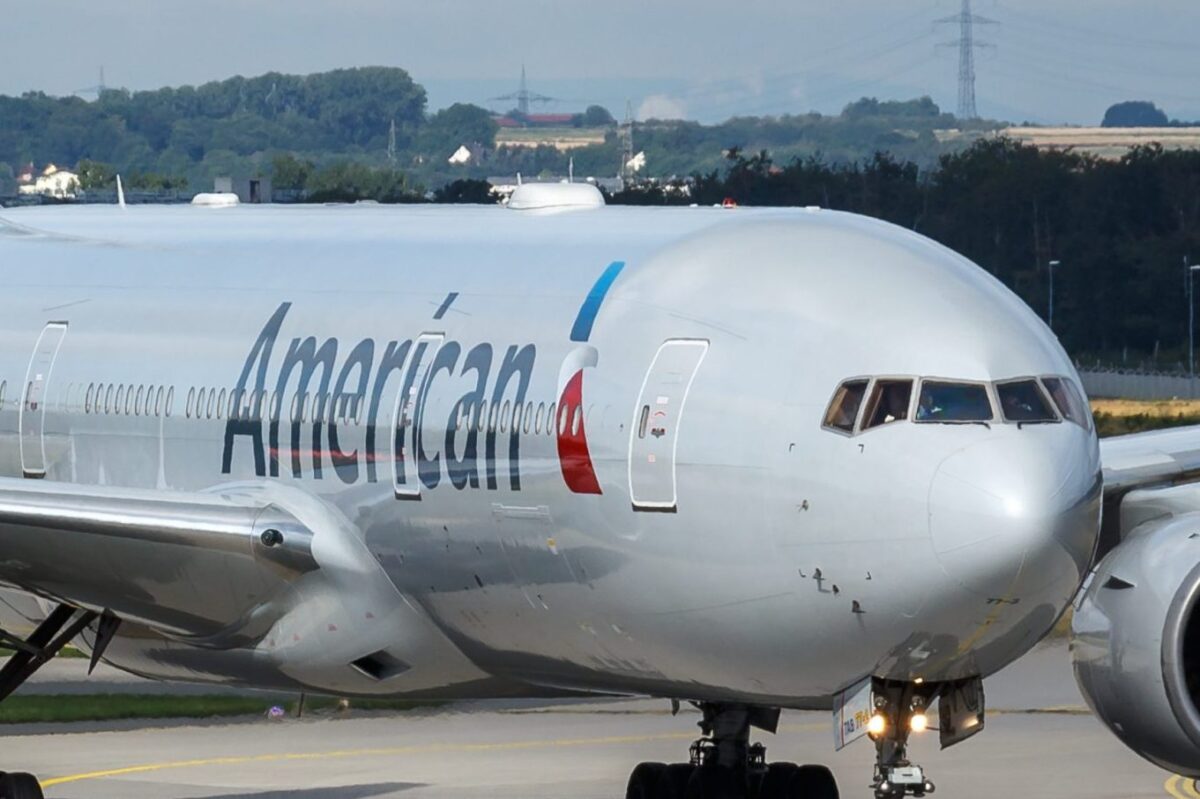U.S. Airport Wi-Fi Upgrades Offer Hope Connection Speeds Won’t Always Be Miserable
Skift Take
Web browsing became a little more pleasant at the seven busiest U.S. airports during the past year as their average Wi-Fi speeds got faster and terminals from coast to coast invested in updates to their Wi-Fi technology.
Denver International Airport’s $1 million Wi-Fi upgrades made last year are evident as it had the fastest Wi-Fi of the seven airports for which data was analyzed between March and May 2015 by wefi, a mobile data analytics company. Perhaps only a marginal bump in speed–increasing from 4.33 megabits per second to 4.73 year-over-year, Denver’s Wi-Fi is an outlier as the other six airports landed at plus or minus 3.5 megabits per second with Atlanta’s Hartsfield-Jackson Airport the slowest (3.05). As a reference, Denver’s Wi-Fi is fast enough for streaming video and making video calls.
These speeds aren’t necessarily the fastest compared to all U.S. airports and wefi’s analysis considered only standard and free connection speeds and some of these airports, such as LAX, offer paid premium, faster connections:
Source: wefi
Most of the airports in the above chart and many others across the U.S. offer Boingo as one option or as the exclusive Wi-Fi provider throughout their terminals. Boingo, which serves more than 1.2 billion Internet users at one million hotspots around the world, said it’s made upgrades in the last year at all U.S. airports it’s currently in which might explain average speed improvements.
Boingo partnered with Sprint in May to bring auto-authentication to its Wi-Fi networks at 35 major U.S. airports which automatically connects a Sprint customer’s smartphone to the Boingo network. This is meant to offload data traffic to Wi-Fi and it’s interesting Sprint was the slowest carrier at the seven busiest airports despite this.
Though the Boingo-Sprint partnership was only live during the last month of wefi’s analysis this finding still offers some context for why Sprint needed Boingo to make it a better competitor at airports.
Using Wi-Fi rather than cellular data doesn’t eat into travelers’ monthly data plans and the results mostly show speeds from both are nearly equal or that Wi-Fi is the faster choice anyways. Of the country’s top four cell carriers, Verizon was the fastest carrier at JFK, LAX, San Francisco, Dallas/Fort Worth and Chicago’s O’Hare Airports and T-Mobile was the fastest at Denver and Atlanta’s Hartsfield-Jackson Airports.
“Busy areas like major airports are always a challenge for service providers in terms of predicting the data consumption demand and providing quality service,” said Alex Zaidelson, a wefi spokesperson. “Wi-Fi is a viable alternative to cellular communications and consumers aren’t the only ones using it, telecommunication companies are investing in such networks as well.”
Average Wi-Fi Speeds at the Seven Busiest U.S. Airports (megabits per second)
| Airport | 2014 Avg. Wi-Fi Speed | 2015 Avg. Wi-Fi Speed |
|---|---|---|
| Denver International Airport | 4.33 mbps | 4.73 mbps |
| Dallas/Ft. Worth International Airport | 2.88 mbps | 4.00 mbps |
| Los Angeles International Airport | 3.29 mbps | 3.65 mbps |
| New York JFK Airport | N/A | 3.55 mbps |
| Chicago O’Hare Airport | N/A | 3.48 mbps |
| San Francisco International Airport | 2.29 mbps | 3.26 mbps |
| Hartsfield-Jackson Atlanta International Airport | 2.66 mbps | 3.05 mbps |
Source: wefi





